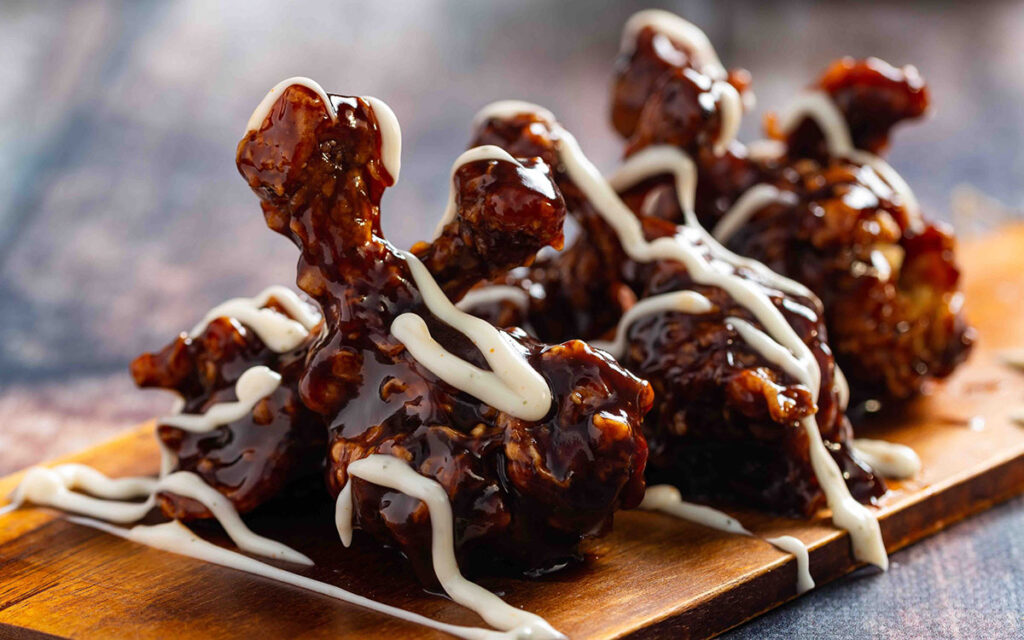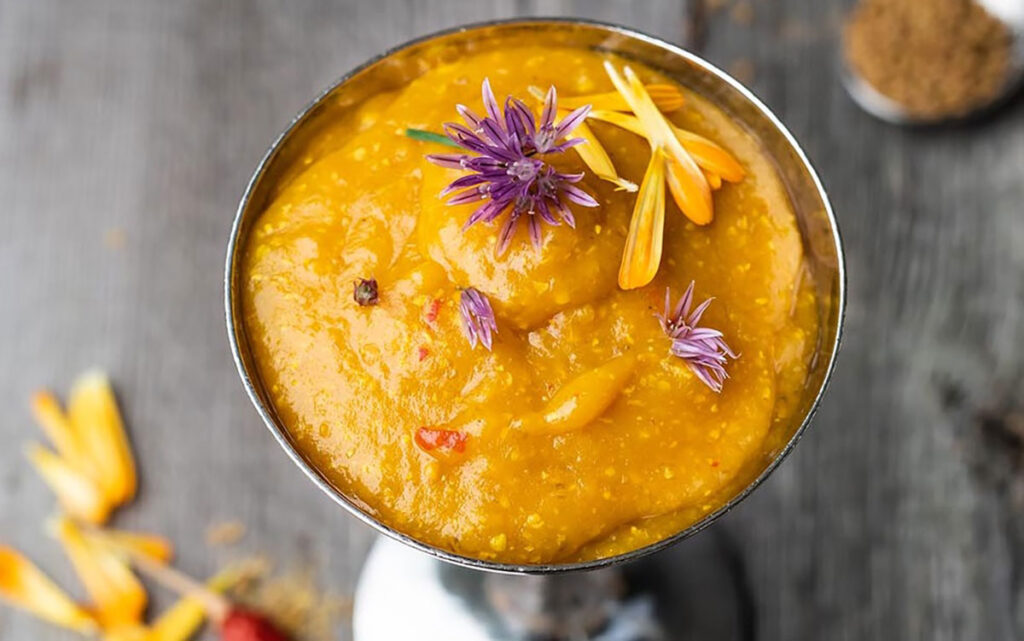We may have moved past the pandemic but consumer demand will continue to change for years to come as longstanding habits and behaviors were upended during its height. For one, there is no end to the home cooking trend with people choosing to work from home or at least a couple of times a week. And, with rising inflation and high cost of eating out, restaurant dining may not fully return to the pre-COVID days this year.
Meanwhile, consumers are looking to replicate restaurant meals, reproduce their favorite comfort foods, and liven up their breakfasts and lunches. As they continue to hone their kitchen skills, and look for new ways to bring anything from functional health to kitchen travel to their plates, sauces are a great way to do it. So says Tastewise, an AI platform aimed at helping brands make smarter food decisions. These are the top five trends that influenced the category the most in 2022, and what they mean for next year, according to the platform.
- The sweet and spicy crossover continues to excite: While sweet still dominates the flavor profile for sauces and dressings, spicy has been on the rise, it is already up by 20% in consumer interest since the start of Covid making the combination of both flavors in the sauces and dressings category a huge success. According to the Tastewise index, spicy honey has seen a +15% growth in social discussions over the past year. When comparing spicy honey used as both a condiment and dressing, to mature dressings in the condiment category (i.e. Ketchup or Mayo) spicy honey placed 6 out of 10 with a trending lifecycle stage (contrary to mature or declining lifecycle stages), which shows a fast-rising trend in the market and a serious consumer interest.
The top-performing recipes using spicy honey as a dressing are for chicken dishes, with over 2K recipes in the U.S. alone. Some of these recipes have a +70% YoY growth and over 600K saves, indicating serious consumer interest in spicy honey in home kitchens. With such a massive impact, the spicy and sweet combo in dressings and sauces category will continue to excite consumers and appear on more menus and online recipes.

The sweet and spicy combo in dressings and sauces are especially popular in chicken dishes. (Photo: Mohamad Sadek)
- Flavors that put consumers in a tropical mood: Citrus and tropical flavors are making a splash in a few categories, and the trend will continue for sauces and dressings. Yuzu is an excellent example of the direction where things are heading. Over the past year, the yuzu trend has grown 15% in social discussions when compared to the total food and beverage category, indicating that the citrus fruit is gaining traction in the mainstream. But an even bigger impact can be seen in the sauces and dressings category, with a +43% YoY growth for yuzu, and 92% growth for yuzu paste in home cooking.
- Rising trend – botanicals in sauces: Over the past year, botanicals have grown by nearly 20% in social discussions in the total food and beverage category. But in the sauces and dressings category, the growth has been even more noticeable with an almost 30% YoY growth in consumer interest. While botanicals are attracting interest across all categories, the interest is notably sharp in the sauces and dressing category. This trend is expected to keep growing as consumers become more aware of the category’s applications outside of beverages. Examples include shiso leaves (a Japanese relative of mint), dandelion and more.
- Niche health needs extend to sauces: Following a pattern seen across the food and beverage space, specific health benefits, both functional health, and nutritional aspects, have seen significant growth over the past year in the dressings and sauces category. Condiments that allow for customization around functional health are attracting attention. Aioli, for example, is the fastest rising functional health claim is immune system (growing 79% YoY in social discussions). Similarly, condiments that support clean eating experiences with low-or-no preservatives, processed ingredients, and additives are on the rise. The “no preservative” claim on dressings and sauces are 35% more popular than last year.
- New global flavors are sweeping the US market: “Kitchen travel” has found new routes as people continue to use their kitchens (or home restaurants) to experiment and explore with other cultures. This trend will continue moving forward in the coming years as seen within the rising interest for global condiments like Amba (32% rise in menu mentions), Mexican mole (176% rise in social discussions since March 2020), and gochujang (31% in recipe mentions.

New global flavors like Amba, Mexican mole and gochujang are becoming quick favorites in the American market. (Photo: S-Kuche)
What’s clear is that sauces offer an opportunity for customizable additions to main dishes in both restaurants and at home, and provide significant avenues for innovation in home cooking, retail and food service.








